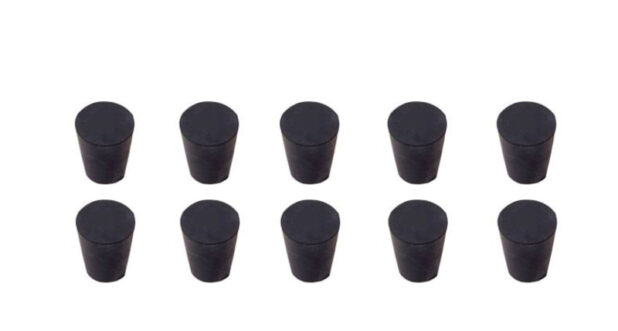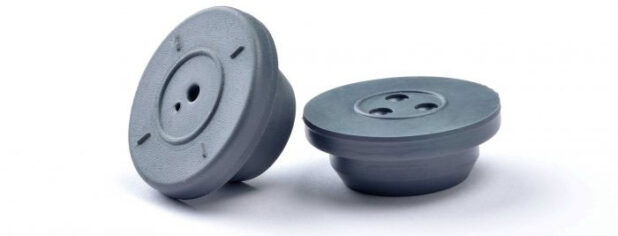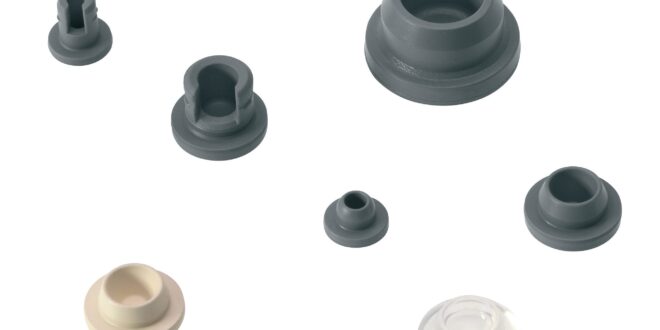If you attended your chemistry classes regularly then you must have come across rubber stoppers during your high school days, and even if you skipped a class or two the probability that you have encountered these useful rubber gadgets somewhere else is major. Joke aside, but the rubber stoppers are that type of item that everybody knows how it looks like but only a selected few truly know what is their main purpose, thus, read the following lines and find out for yourself what are rubber stoppers and what are they used for.
What is a Rubber Stopper?

A rubber stopper is an object that is used for plugging different objects. As its name suggests it is made of rubber which enables it to seal different containers mostly better than the case would be with a plug made out of any other material which production costs approximately the same. Exactly the same application would be that of cork plugs, but they seal containers in a relatively different fashion and provide another form of preservation of the desired material.
From the aforementioned, it is easy to conclude that the main purpose of a rubber stopper is to seal a particular physical object and prevent the interference of the substance held within with the exterior of the container, but there are different types of rubber stoppers about which more will be said later. Due to the reliability of rubber stoppers, the production where their utilization is the most prominent is definitely the chemical industry, on the other hand, if an industry or a branch of a certain industry might be using any type of a service where chemistry is involved as a part of the subordinate activities that affect their final product, the chances that rubber stoppers are used is major.
What Are Rubber Stoppers Used for?

Since we have established that it is the chemists who use the rubber stoppers the most, we should explain what is their purpose. Namely, since the rubber stoppers are cherished for their reliability of holding the content of a physical object without letting it leave the container without our intention, their purpose is to stop either gas or liquid to leave the bottle where they are being held. Although it might sound quite straightforward it is what they do and their reliability is of utter importance, especially because particular substances might produce a violent reaction when combined with other matching substances under particular exterior conditions, as matter of fact, any handling with unstable substances in the laboratory must be accompanied by precautionary measures, that would be impossible to be maintained without the adequate usage of rubber stoppers.
Rubber stoppers are easy to use since they are designed with one part wider than the other and the thinner side goes first and seals the container until you decide to open it again. You can find additional info about this type of rubber stoppers at etolrubber.com as well as you can learn about different rubber and silicone products used in both chemical and other industries. You should decide which size of a stopper suits your needs according to the top part of it since it needs to be bigger than the opening of a container you intend on sealing.
Reasonably, rubber stoppers can be used as a significant element of a larger apparatus, but then a variation of this useful rubber instrument is applied to the container. This type of stopper has holes and you choose the stopper with a certain number of holes according to the needs of the action you desire to perform. Also, you will choose a stopper with holes when you need to keep a volatile gas inside a container. If you used a regular stopper on an occasion such as this one, either the stopper would pop out of the container or the container would break due to its inability to withstand high pressure.
As we mentioned earlier, rubber stoppers with holes can be used as a part of larger construction, for example, a distillation apparatus. In a setting such as this one, stoppers would be penetrated by tubing and connect different containers in order to enable a continuous process. It is especially important to highlight the importance of using lubricants when inserting tubing since aggressive treatment could damage glass flasks, tubes, and also tubing. Besides the mentioned uses, holes on a stopper might also be used for facilitated collecting of a material kept with pipettes or measuring the temperature of the fluid by using a thermometer.
Which Industries Use Rubber Stoppers?

Apart from the already noted applications, rubber stoppers can be used to keep certain substances isolated from the environment for longer periods. Therefore, the usage of stoppers is frequent in the health industry. It is also worth mentioning that the same principle that is used in the distillation apparatus is being used to connect big furnaces and it is out of the question that something needs to connect them. Well, although they are linked with equipment different than the case would be in a laboratory, the usage of the rubber stoppers has not been outgone.
Whether you are aware of it or not, even the hospitality industry makes use of this wonderful rubber tool. Namely, bartenders from all over the world make their own tinctures and preserve them in tiny bottles which are sealed with rubber stoppers. Surely, since they prefer to be called ‘mixologists’, the allusion to chemistry is more than evident. Thus, you might encounter valid uses of rubber stoppers almost everywhere if you look closely enough.
Hopefully, you have realized the vast field of the appliance of rubber stoppers. You can use it both at your home or at your work, and you can use it for simple ventures as much as for scientific work. The possibilities are endless and now you know how a simple piece of rubber can make a difference and be used as a vital part of huge industries.
 World Magazine 2024
World Magazine 2024






